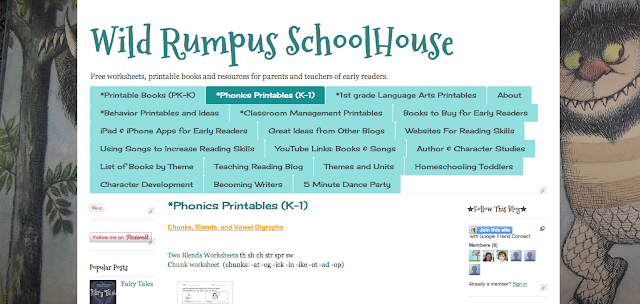- Use the pictures. Many parents cover up the pictures when reading with their child. To this I say, NOOOOOO!!! Early readers need the pictures to help them figure out words. In fact, the pictures also help with comprehension and fluency. Talk about the pictures in the book before reading a single word. This is called pre-reading, or picture walk. To early readers it is VITAL. Figuring out the words this way gives them confidence.
- Let them memorize. “My child isn’t reading, they just memorized the book.” Umm…isn’t that how you read? Memorizing books with repeating patterns is an important early reading stage. And it’s something they’ll use to read for the rest of their lives. Think of it this way: You aren’t sounding out the words on this blog. You’re reading by sight–you memorized. Memorizing is part of whole language learning. They learn words through sight, through hearing them and seeing them over and over and over again. Memorizing makes them believe they can read–which gives them confidence.
- Sight Words: The words they just know. The words they can’t sound out. Some of the first sight words they will learn are color words: orange, black, purple. Sight words they NEED to know–number words. Especially one and eight.
- Phonics. This is understanding letter sound relationships, sounding out words, and blending sounds together to make words. This is super important–but it doesn’t always work. Said. Sure. Light. These words can’t be sounded out, but will be in your child’s books. (This is where memorizing and sight words comes in)
- Spelling Tests. Spelling tests do NOT teach spelling. This is documented everywhere. Good spellers are good readers. Think of the adults you know–Who is a good speller and who isn’t? Who reads a lot, and who doesn’t? Teachers won’t get rid of spelling tests. They’re still a good assessment. (Especially of which parents help their children with their homework, and which don’t.)
- Context Clues. Skipping words when reading, then going back to figure it out. Readers use the pictures and the rest of the text to figure out what new words are. (ex. The tiger has black _____. It also has orange _____.) Readers look at the pictures and the first letters to figure out the missing words.
- Chunks/Rhyming/Word Families: Basically all these things mean are repeating letter patterns. They are a FANTASTIC tool to help young children learn to read. There is a reason most early books are about a cat with a hat who sat on a mat. There are many more chunks besides “at” that your child will need to know to decode words. Later, kids use these small word parts to sound out longer words.
A *partial* list of the ones we teach in 1st grade:
Short vowel: -am -and -ap -in -ing -it -op -ot -ong -ut
Long vowel: -ake -ame -ike -ee -oa

